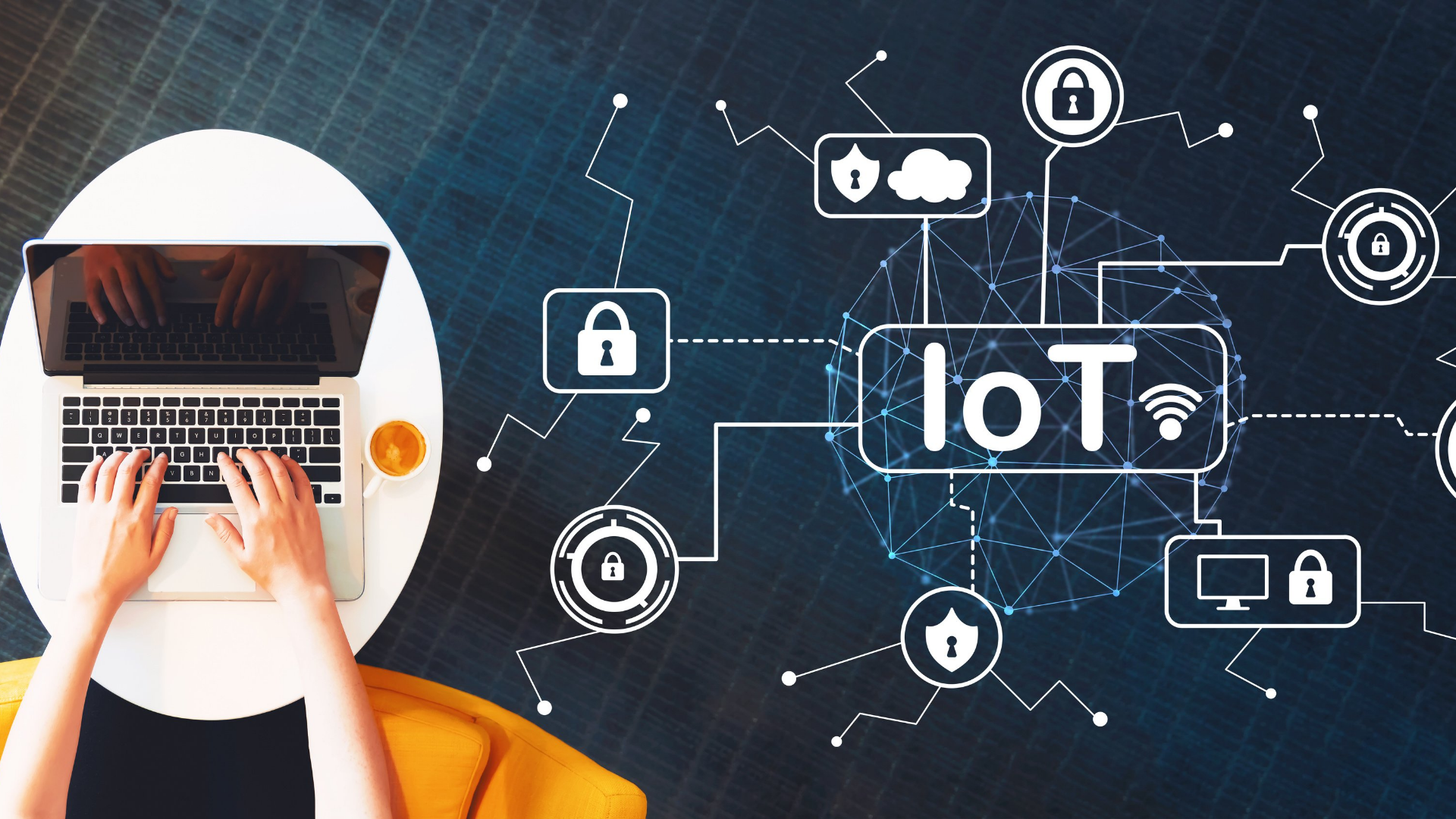Currently Empty: ₹0.00

IoT Security
Security technologies will be needed to safeguard IoT devices and platforms from both information and physical tampering, to encrypt their communications, and to address emerging difficulties like impersonating “things” or denial-of-sleep assaults that drain batteries. The fact that many “things” employ rudimentary processors and operating systems that may not support advanced security measures will challenge IoT security.
“Experienced IoT security specialists are hard to come by, and security solutions are currently fragmented and include numerous providers,” Mr. Jones explained. “New threats will emerge through 2021 as hackers discover new ways to attack IoT devices and protocols, so long-lived “things” may require updatable hardware and software to adapt during their life span.”
IoT Analytics
IoT business models will use the information collected by “things” in a variety of ways, including understanding customer behaviour, delivering services, improving products, and identifying and intercepting business moments. However, the Internet of Things necessitates new analytic methodologies. New analytic tools and techniques are required now, but as data volumes grow through 2021, IoT needs may diverge farther from traditional analytics.
IoT Device (Thing) Management
Non-trivial “objects” with long lives will necessitate administration and monitoring. Device monitoring, firmware and software upgrades, diagnostics, crash analysis and reporting, physical management, and security management are all part of this. The Internet of Things also introduces new scalability issues to the management effort. Tools must be able to manage and monitor thousands, if not millions, of devices.
Low-Power, Short-Range IoT Networks
When choosing a wireless network for an IoT device, various competing factors must be considered, including range, battery life, bandwidth, density, endpoint cost, and operational cost. Through 2025, low-power, short-range networks will dominate wireless IoT connectivity, considerably outnumbering connections via wide area IoT networks. However, because of commercial and technical trade-offs, numerous solutions will coexist, with no single dominant winner and clusters forming around certain technologies, applications, and vendor ecosystems.
Low-Power, Wide-Area Networks
Traditional cellular networks do not provide a reasonable balance of technical characteristics and operational costs for IoT applications that require wide-area coverage with relatively low bandwidth, long battery life, inexpensive hardware and operating costs, and high connection density. A wide area IoT network’s long-term goal is to provide data rates ranging from hundreds of bits per second (bps) to tens of kilobits per second (kbps), with nationwide coverage, a battery life of up to ten years, endpoint hardware costing less than $5, and support for hundreds of thousands of devices connected to a base station or its equivalent The earliest low-power wide-area networks (LPWANs) were based on proprietary technology, but emerging standards such as Narrowband IoT (NB-IoT) will likely dominate this space in the long run.
IoT Processors
Many of the capabilities of IoT devices are defined by their processors and architectures, such as whether they are capable of strong security and encryption, power consumption, and whether they are sophisticated enough to support an operating system, updatable firmware, and embedded device management agents. As with any hardware design, there are complex trade-offs between functionality, hardware cost, software cost, and software upgradability, among other factors. As a result, comprehending the ramifications of processor selection will necessitate extensive technical knowledge.
IoT Operating Systems
Traditional operating systems (OSs) like Windows and iOS were not designed for Internet of Things (IoT) applications. They use too much electricity, require powerful processors, and, in certain situations, lack features like assured real-time response. They also have an excessively large memory footprint for small devices and may not support the chips used by IoT developers. As a result, a diverse set of IoT-specific operating systems has been created to accommodate a wide range of hardware footprints and feature requirements.
Event Stream Processing
Some IoT applications may create massive amounts of data that must be examined in real time. Systems that generate tens of thousands of events per second are typical, and some telecom and telemetry settings might generate millions of events per second. Distributed stream computing platforms (DSCPs) have arisen to meet such demands. They often use parallel architectures to process very high-rate data streams in order to accomplish activities like real-time analytics and pattern recognition.
IoT Platforms
Many of the infrastructure components of an IoT system are bundled into a single product by IoT platforms. Such platforms offer three types of services: (1) low-level device control and operations such as communications, device monitoring and management, security, and firmware updates; (2) IoT data acquisition, transformation, and management; and (3) IoT application development such as event-driven logic, application programming, visualisation, analytics, and adapters to connect to enterprise systems.
IoT Standards and Ecosystems
Although ecosystems and standards are not technically technologies, the majority of them eventually manifest as application programming interfaces (APIs). Standards and their accompanying APIs will be critical because IoT devices will need to communicate and interoperate, and many IoT business models will rely on data sharing across numerous devices and organisations. Many IoT ecosystems will arise, and economic and technical struggles between these ecosystems will dominate areas including smart homes, smart cities, and healthcare. Organizations developing products may need to create variations to support different standards or ecosystems, as well as be prepared to update products as standards evolve and new standards and related APIs arise.


